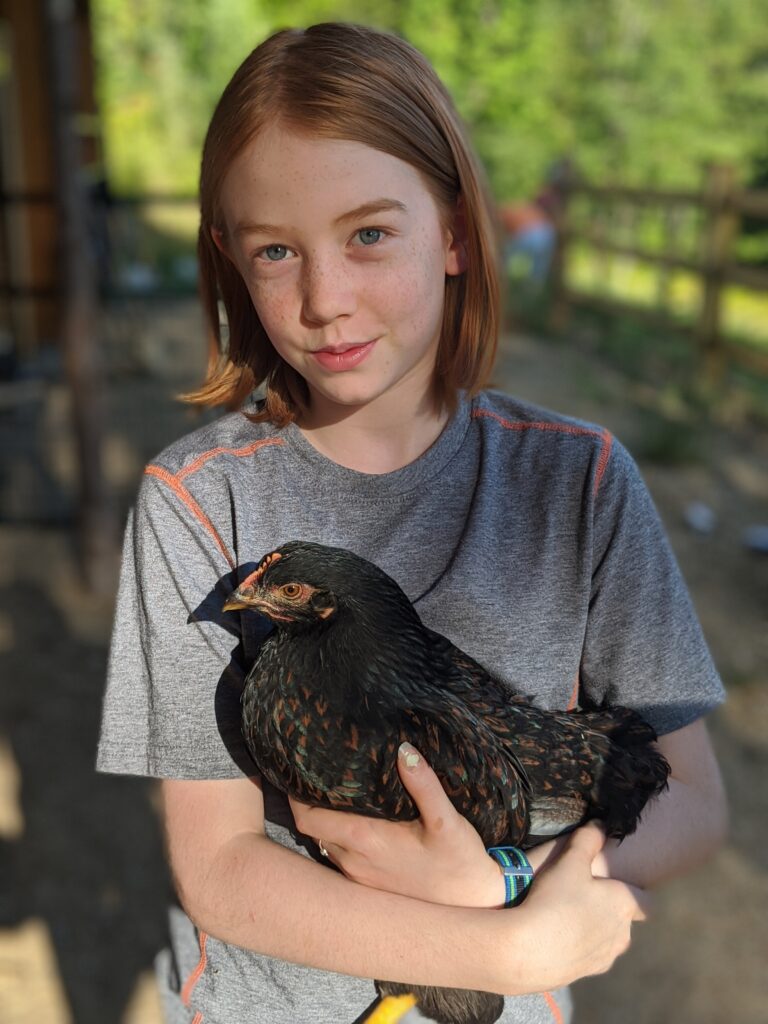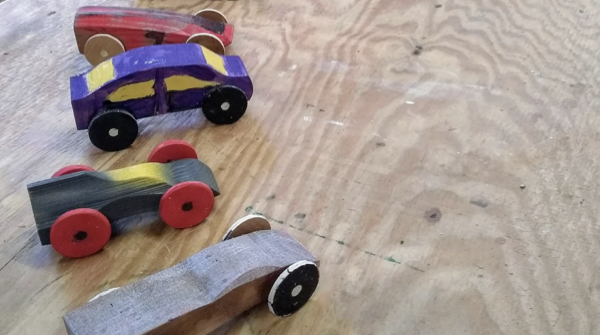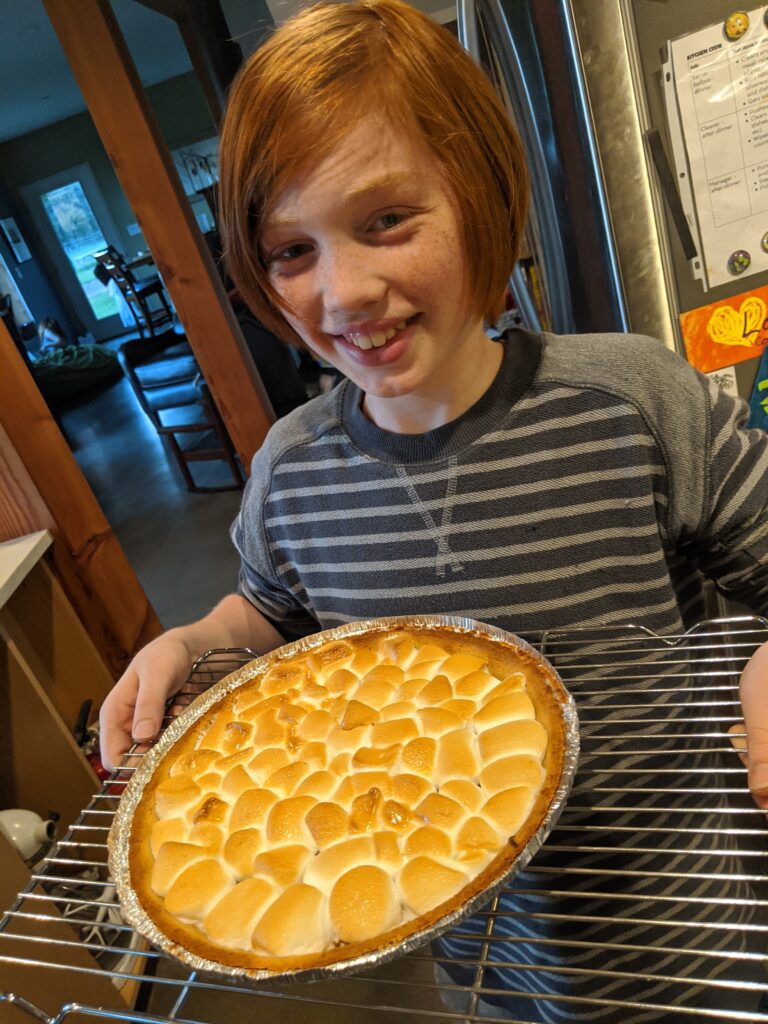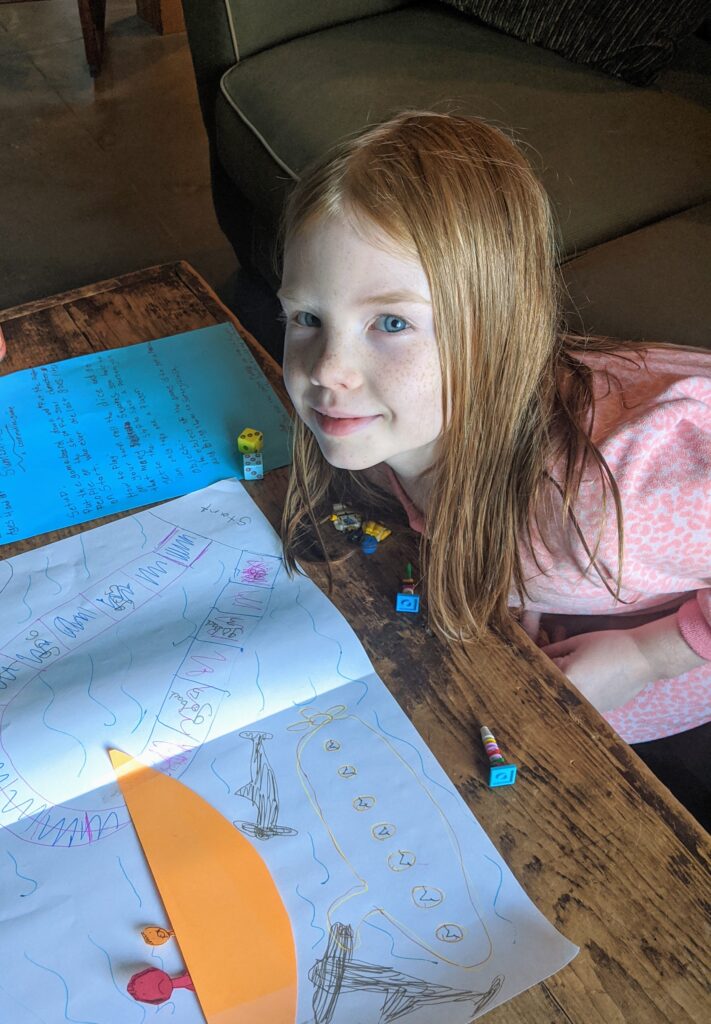228 days home with my 3 children. 88 days of remote learning, spanning 2 school years and 5 different grade levels. 10 different teachers. 34 Zoom meetings per week (not counting mine). Engagement level: 27%. This is parenting pandemic math.
But who’s counting, right?
At home, my kids are missing school. Or, more specifically, they miss their friends, they miss their teachers, they miss recess, they even miss riding the bus.
They love seeing your face, and their classmates in their Zoom meetings. They love sharing their art, or talking about which Garfield character is funnier.
But once the Zoom meetings are over, the twinkle leaves their eyes, as they reluctantly turn to the pile of spelling worksheets… if we’re lucky. And if we’re not, they refuse and instead start to play with the cat, or look for pencils under the couch. Anything to avoid the stack of work piling up.
But in their free time…
Then they are deep in the Lego bin, working together to build an amusement park. Or baking lemon squares. Or building forts in the woods. Designing logos and emblems in SketchUp. Or creating board games. Or training chickens. Designing jet-propelled race cars. Or learning embroidery. Or reading. Or playing Monopoly.
Wait. What?
Did I just say engineering design, fractions, chemistry, physics, writing, fine and gross motor development, literature study and economics?
Despite all the challenges of the moment, kids are doing some cool stuff at home. They are learning things. Maybe just not (only) the things we’ve planned.
Wouldn’t it be amazing if we could leverage what kids are already doing at home as learning?

There are possibilities. And PLPs.
One way we could do this is with PLPs- personalized learning plans. PLPs. Their blend of learning tool-meets-portfolio might be just the thing to help us navigate this moment.
What if we shifted from a focus on content to a focus on skills? Transferable skills, specifically. Things like problem-solving, reasoning, critical thinking, clear & effective communication, or citizenship. The magic of these skills is that they’re, well, transferable….across contexts and settings.
The communication skills a kid hones while working on their Minecraft tutorial video for YouTube are pretty similar to the skills they’d need to write an expository essay on caring for pets: What information do I need to communicate? How can I most effectively explain what readers/viewers need to know?
And if you know the student well, you can probably figure out which context they’d prefer to develop those skills within.
Less is more.
The last thing any of us needs is more work. We’re all — teachers, students, parents — stretched to our max right now.
So instead, could we shift our synchronous time with students to focus on building relationships, getting to know them and their interests, and then coaching them on how the pursuit of these interests is learning?
Could we teach them to reflect on and document their learning, so that they, too, could appreciate all the learning they already do, every day?
Yeah, we’ll probably still need to teach them to write an effective RACE response, but perhaps it’s focus could be ‘who is the best Jedi?’ or ‘which Lego pieces are the most important.’
Personal Inquiry Projects
Finally, one last thought: last spring, my family sprinted out of the gate with some fantastic school-at-home projects. Any of these projects could easily become the focus of student reflection and documentation in a PLP.
So could Lego villages, chocolate chip cookies, or organizing a bookshelf.
Want to go deeper? What about using personal inquiry projects, such as Genius Hour, Passion Projects, or Curiosity projects to help connect students’ interests to the curriculum. They’re practically pandemic-ready.
And it turns out they’ll continue to be amazing even after all this is a distant memory.





Thanks for sharing. I read many of your blog posts, cool, your blog is very good.